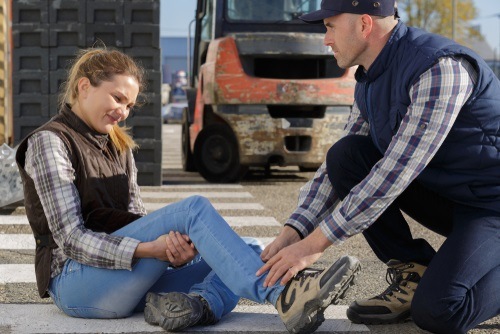
How does training reduce workplace injuries?
Focusing resources on safety protocols may help to enhance the efficiency and effectiveness of your employees, as well as your ability to adhere to legal guidelines.
Violations can derail your success
According to the Occupational Safety and Health Administration, there are many of the same citations they give out to companies each year including failure to have proper eyewear and face protection, poor respiratory protection, improper guarding of dangerous machinery and inadequate protection against falls.
Your awareness of these common citations can help you to implement sufficient guidelines to encourage adherence from your employees so they can stay safe. If you are visited by an official for an audit of your company and its practices and policies, you can have peace of mind with the knowledge that you have adequately addressed each of these “problem” areas.
Using training to combat risks
Developing informative training materials and providing educational instruction to your workers is arguably the most effective tool you can use to minimize their risk level. When your employees understand what dangers they are subject to and how to mitigate them with adherence to company guidelines, they may be incentivized to be vigilant and responsible. Additionally, proper training can prepare your employees to recognize discrepancies so they can properly report them to you before hazards turn into danger.

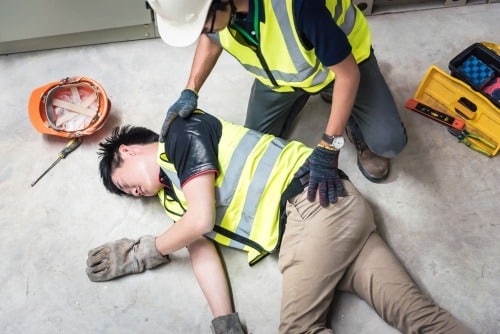
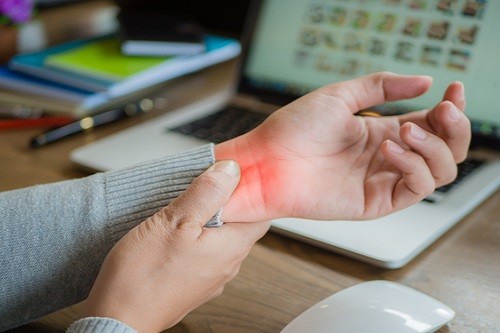
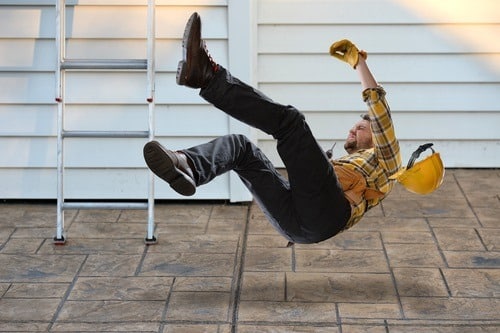
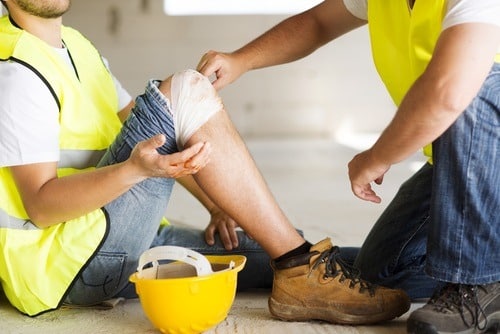
Recent Comments